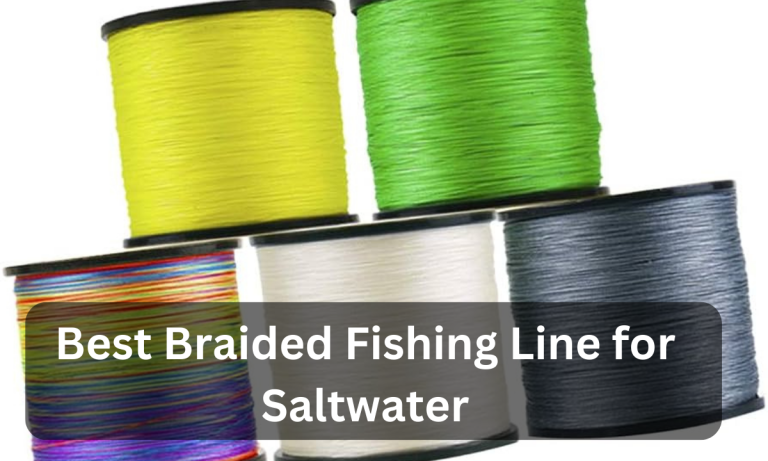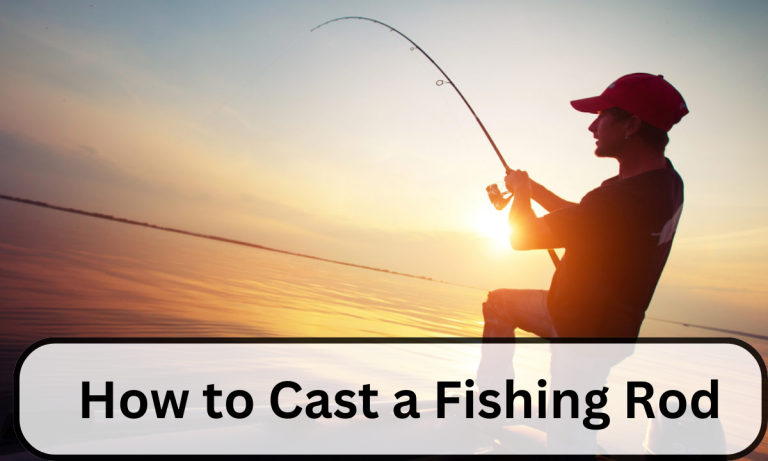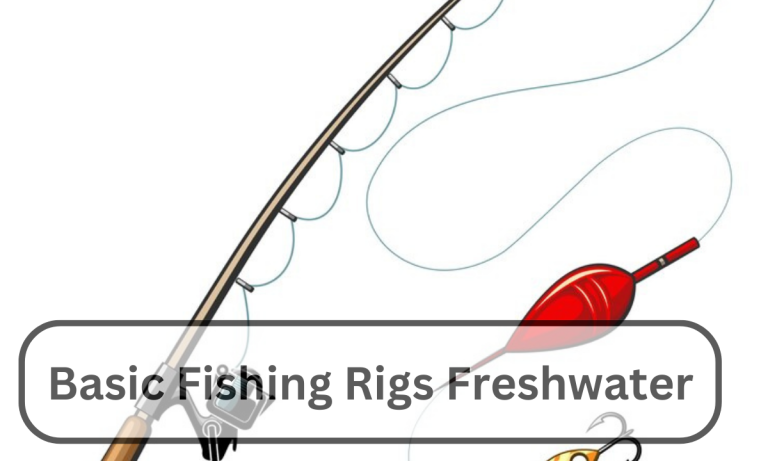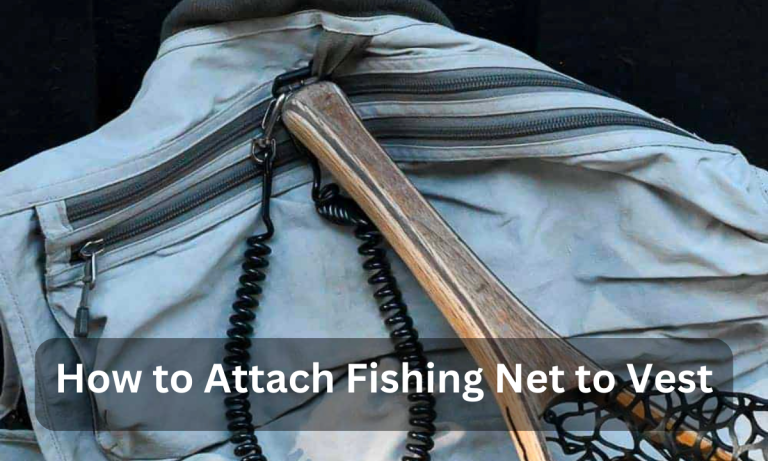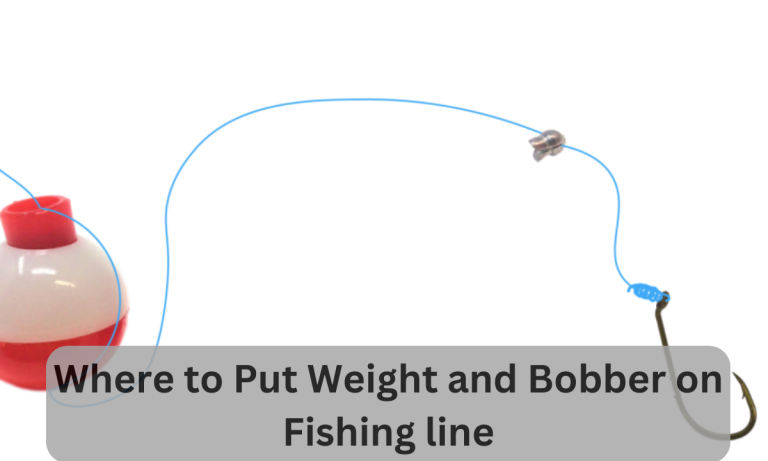How to Determine Water Temperature for Fishing
How to determine water temperature for fishing is a tricky topic for many lovers of fishing. Some shower a lot of importance on it while some don’t. However, collecting information about the temperature range of the fish you are going to catch is very key. Similarly, it is also essential for anglers to know how to catch fish through temperature.
Anyhow, how to determine water temperature for fishing is an important game-changing question to answer. For fishing, when and where to fish are the questions that cannot be left unanswered to fill the fish bucket with a variety of fish.
So, to become an expert to answer how to determine water temperature for fishing, an angler should have first-hand knowledge of the tools and techniques required to measure water temperature accurately.
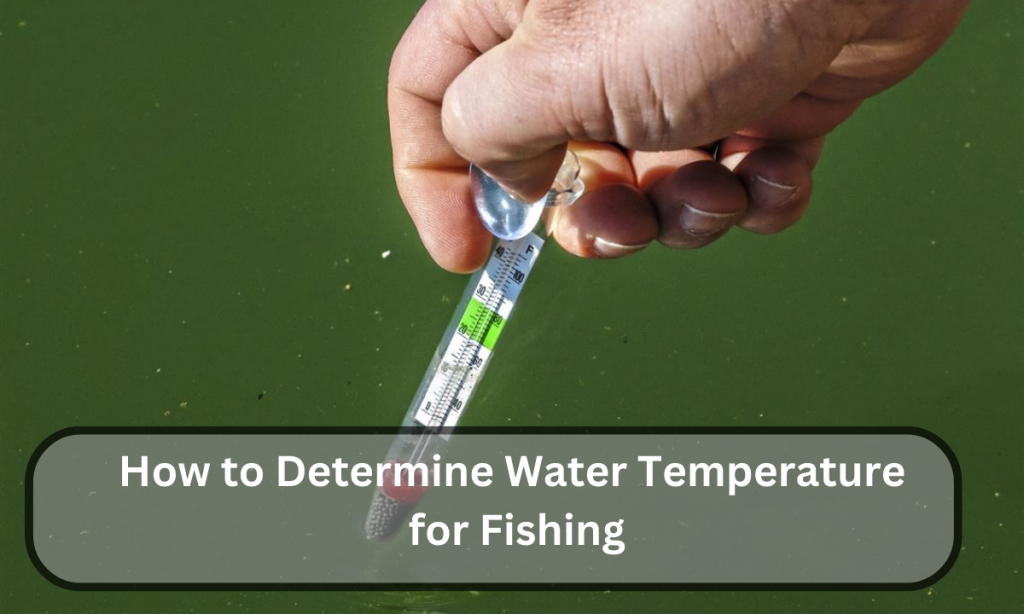
How to Determine Water Temperature for Fishing: Tools
As mentioned above, the knowledge about tools to measure water temperature is very important for a successful fishing experience in the near future. The list of these tools is as follows:
Thermometers are of course the prime requirement of temperature. Similarly, they are available in different types according to use in water. However, digital hand-held and infrared thermometers are in huge demand for determining water temperature for fishing due to their ability to provide quick and precise readings to anglers on a given day.
Floating Thermometers have tethers that enable them to float at the desired depth. Additionally, these tethers enable the anglers to measure the temperature of fish locations accurately.
Infrared Imaging is actually the camera that assesses the surface water temperature of a wider area. Likewise, these cameras have the ability to check water temperature alterations due to water currents.
Smartphone Apps are one of the conveniences provided by the technology. You have an app for everything. Similar is the case with temperature readings of water and these readings are real time. However, their accuracy can be questioned but not that much.
How to Determine Water Temperature for Fishing: Steps
How to determine water temperature for fishing is a straightforward plan of action. However, there are a few steps that make the process easier for the anglers.
Step One: Decide the Spot
When, as an angler, you intend to measure the temperature of a river, it is advisable to choose a water spot where water has an average depth, for accurate measurement. Choosing the fastest, deepest, slowest, and shallowest water is not recommended because their accuracy regarding temperature is doubtful near expert anglers. Because the water at deepest-cum-fastest level is the coolest. Similarly, it is hottest at the slowest points.
Step Two: Calibration of the Thermometer
Hold the thermometer in your hands for a minute to let it calibrate in your hands for accurate measurement.
Step Three: Dipping the Thermometer
Sink the thermometer fully in the river and leave it to get wet for a minute. This will help the thermometer get an accurate reading.
Step Four: Note the Reading
Be mindful of giving the fish a break when you notice that the temperature has reached 67F. In case of any confusion, feel free to take further measurements to be more precise and accurate. You can change the fishing location according to temperature rise and fall.
How to Determine Water Temperature for Fishing: Techniques
The techniques regarding how to determine water temperature for fishing are essential to consider for a triumphant day out. The techniques include:
Time of the Day: Temperature keeps varying at different times of the day. Therefore, it is wise to note/measure the water temperature at different times, particularly during dawn and dusk which are considered hours for fish activity.
Weather Conditions: Weather also plays its part in influencing water temperature, especially where the water is shallow. Water will have a different temperature on a sunny and rainy day which needs special care.
Consider the Water Depth: The water temperature varies according to the depth. Measure the temperature of water at a depth where you have made up your mind to fish. For that purpose, a weighted thermometer or fish finder will help you determine the water temperature for fishing.
Thermoclines to Be Used: Thermoclines are defined as peculiar temperature boundaries between layers of water. They are mostly found in reservoirs and lakes. If you fish near a thermocline, you are at the right place because it is a temperature-specific place.
Measurement Near Shore: Shoreline fishing demands taking temperature readings at multiple spots because it has been observed that temperature variations have an impact on fish behavior. If you are looking for a suitable fishing spot, then it is where warmer and cooler water meet.
Record Keeping: The angler who keeps detailed water temperature data, is considered the most successful one in the fishing arena. The future success relies on this data.
Last Words
Accurate water temperature measurement is the guiding light in the pursuit of your favorite fish. It has the following advantages:
- It takes you to the spots where your targeted species are feeding actively.
- It enables you to be weaponed with proper fishing tools according to specific water conditions.
- If you have a thorough knowledge of water temperature, the heat of summer or the chill of winter cannot hold you back to catch your favorite fish.
Hence, use the key of temperature awareness to unlock the key to your success in fishing.
FAQs
How do you measure water temperature while fishing?
Ans. A variety of tools is used to measure the water temperature. These tools are:
- Water thermometers.
- Fish finders.
- Mobile Apps.
- Infrared imaging.
- Depth finders with temperature sensors.
- How can I adjust my strategy when the water temperature changes suddenly?
Ans. If you find the water temperature is changing suddenly, make the following adjustments quickly:
- Adjust the retrieval speed according to changes in water temperature. If the water is colder, the presentation. Likewise, faster presentation will work better in warmer water.
- Change the lures accordingly as well. Colder water likes smaller lures whereas larger aggressive lures are favorites of warmer water.
- Depth Adjustment is key as well. When the water gets cooler, the fish move to shallower spots to get warmth. In case the water is warmer, they go deeper for comfort.
Keep observing the water temperature and also keep an eye on the fish’s’s behavior according to changing water conditions.

